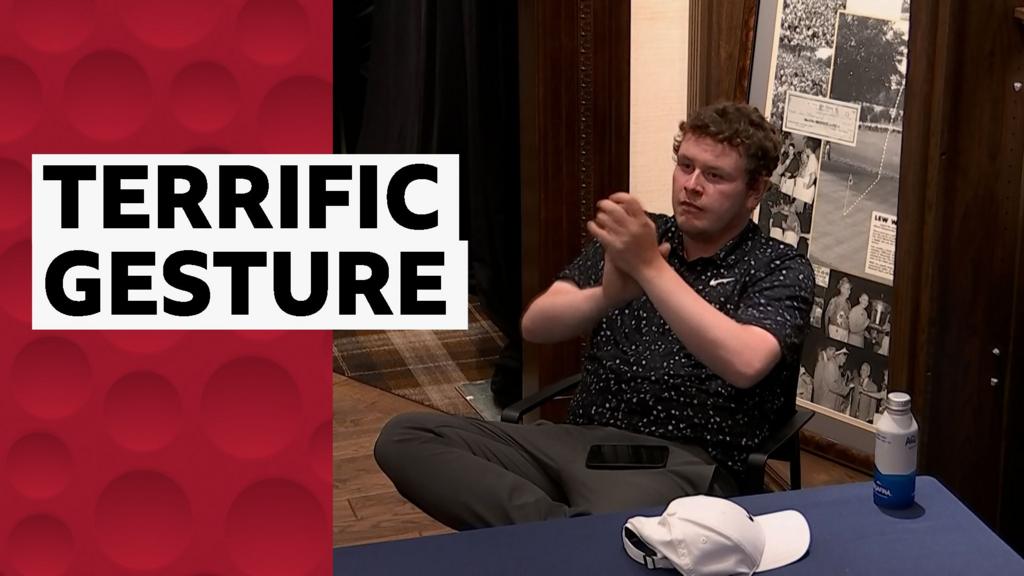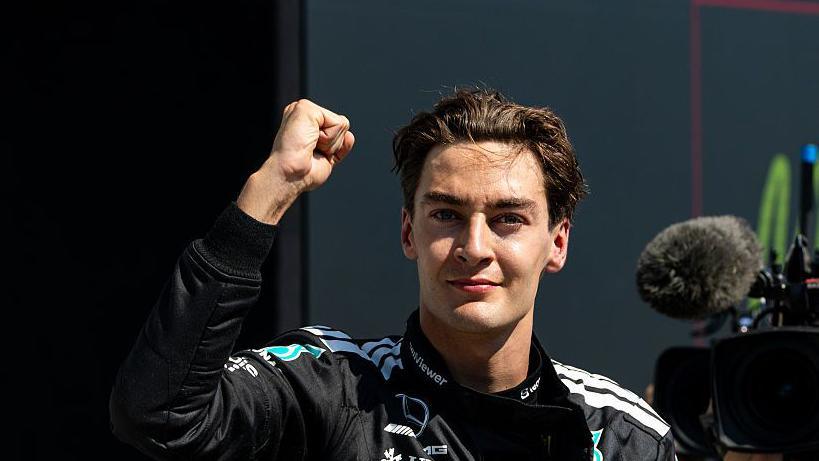To play this video you need to enable JavaScript in your browser.
Angel Gomes is another that got away. From the protective bosom at Manchester United to going it alone in France, Gomes feels the weight of the shirt at his former club may have impacted some, but rules it out as a defining factor as to why many have flourished elsewhere.
The England international has diverted from a journey many believed he was destined to take. Having joined United at the age of six, Gomes stepped through the echelons of junior football regarded as one of English football’s brightest prospects.
Indeed, when he made his senior debut – replacing Wayne Rooney as a substitute at 16 years and 263 days old – he became the youngest player to represent Manchester United since Duncan Edwards in 1953.
The hype was deafening. It seemed for all the world that Gomes’ script was written.
Fast forward eight years and he is walking a different path.
Gomes made just five Premier League appearances as a substitute before leaving for Lille in the summer of 2020.
He is on the move again this summer, having agreed to join Champions League-bound Marseille.
United childhood
“From the moment you step into the place, the coaches are telling you about the history of the club,” says Gomes as he reflects on his time at Manchester United.
“The Busby Babes. They show you pictures of George Best and Bobby Charlton. The culture is set early.
“You know everything about the club and what it represents. It’s just something that you carry.”
Gomes’ United recollections are enlightening. He opens up on the ‘black boot policy’ – a rule set within the academy that banned colourful boots.
“You would play against other teams and they’d be wearing colourful boots that you wanted to wear, because your idols wore colourful boots,” says Gomes.
“But thinking about it now, it was perfect because they wanted everyone to be the same.”
Gomes was in good company during his years in the youth system, with Marcus Rashford, Mason Greenwood, Scott McTominay and Brandon Williams among the prospects the 24-year-old played with.
Credible advice was always within reach, too. His father Gil was a footballer, making 19 appearances for Portugal Under-21s.
Then there’s godfather Nani, who won eight major titles at Old Trafford.
“Growing up I always had that support from my family, but when I had conversations with Nani and Dad, it’s different because I know they have been there,” says Gomes.
“Going to Nani’s house, how he lives his life, how he treats people, his behaviour off the pitch – looking back now I took a lot from him.”
As Gomes edged closer to first-team recognition, the pressure built. Tales of first-team training at United are stuff of legend. Intensity. Honesty. Ferocity.
“I was 16 and training with the likes of Rooney, [Michael] Carrick, [Juan] Mata, and Ander Herrera,” Gomes explains.
“I’d play Fifa with these players and now you’re next to them, it’s surreal. It’s hard to flick the switch and understand you’re part of the team.
The weight of the shirt

Life as a United player is rarely straightforward. Much is made of the ‘weight of the shirt’.
Take McTominay, for example – a player who dipped in and out of first-team football at United before leaving for Napoli last summer.
A year on, the Scot is a hero in Naples – helping Antonio Conte’s side to the Serie A title while nurturing a reputation as one of Italy’s premier midfielders.
Gomes, having been heralded as one of United’s best prospects, found his path to senior international recognition away from Old Trafford.
Yet he doesn’t necessarily concur with the view that he, or certain players, benefit from being free of the weight of the United shirt.
“I think some do,” says Gomes.
“Players may have been intimidated or not really know about the weight, what it carries and what it takes.
“But ultimately, sometimes, it’s down to environment, timing and having the right things in place to help you.
“Some players who have left and gone on to do better than when they were at United, there might be things in place at that certain club, at that moment in time, that helped them succeed.
“Sometimes it’s not as black and white as they failed or they’ve not held their own there because of the weight of the shirt.”
It’s a dynamic Gomes is well placed to discuss. His decision to leave United for Lille, via a loan move to Boavista, in 2020 has proved the making of the midfielder.
That’s not to say leaving Manchester was a straightforward decision.
“It was obviously a difficult process because there are a lot of things that pull you towards staying,” recalls Gomes.
Life in Lille

With more than 100 senior appearances under his belt, including Champions League experience, Gomes reflects with contentment at the decision to leave his comfort zone. That’s not to say he always had strength in those convictions.
“It was difficult [leaving England] but also refreshing – the last few years, going under the radar, if anything, helped me concentrate,” Gomes adds.
Away from the English spotlight, Gomes has honed his game, finding a way to overcome the obstacles that may otherwise have held him back.
At 5ft 6in Gomes isn’t as imposing, in a physical sense, as other central midfielders.
“It’s difficult because I feel like it’s something I have had to explain since I was young – I have had to rely on different strengths,” Gomes says.
“When someone asks me I say I’m a midfielder, because I can play as a six, eight or 10. When I was in Portugal I played on the left, false nine or on the right. I feel I can play anywhere on the pitch.
“I’m technical, I like to be on the ball, dictate, help in all areas of the pitch, receive the ball in any area.
England recognition

Last summer’s England call-up offered Gomes a level of vindication for the tough decisions that came before.
He came on in the 2-0 win over Ireland last September before making his full debut against Finland at Wembley three days later. Under-21 boss Lee Carsley, taking charge of England on an interim basis, showed faith in Gomes’ playmaking abilities.
Gomes plays in a position England have found difficult to fill. The dearth of deep-lying ball-playing midfielders led Gareth Southgate to start Euro 2024 with Trent Alexander-Arnold – a right-back by trade – in the role.
“The funny thing is I think we are [producing players of that type], there’s a lot,” says Gomes.
The midfielder’s control when playing for England drew attention. Against Finland he accumulated 131 touches of the ball – the most of any player on the pitch – with a 94% pass accuracy.
In his next start for England, in the return Nations League fixture in Helsinki, Gomes had 108 touches during his 79 minutes on the field, successfully completed 97% of his passes and assisted the opener for Jack Grealish in a 3-1 win.
Yet Gomes has been forced to contend with jibes that his call-up was a result of favouritism from Carsley, who he’d worked with at under-21 level.
“It was difficult to hear people saying it was a favour because I knew personally it wasn’t,” says Gomes.
“Before the last Euros there was a press conference that Gareth [Southgate] gave and I was mentioned.
“I remember getting a pre-call selection for one squad. I thought it could have been a joke so I forwarded the message to Lee Carsley and he said it was genuine.
“So I knew it wasn’t a favour, there was a lot of work for me to get to that point.”
Thomas Tuchel’s appointment has stunted Gomes’ progress at international level.
He is yet to feature in either of the German’s squads but, going into next summer’s World Cup, the former Chelsea boss has told Gomes he remains on England’s radar.
“We’ve spoken, we had a couple of video calls and a few messages,” adds Gomes.
“He is very good in the sense that he is always watching and supporting. It’s a very good relationship in that you can speak and message at any moment.
“I’ve not managed to get into the squad [under Tuchel] yet but it’s something I will try hard to do.
“The World Cup is the aim. The pinnacle. That’s an aim of mine and I know what needs to be done to get me there.”
Related topics
- Manchester United
- European Football
- Football
- England Men’s Football Team





